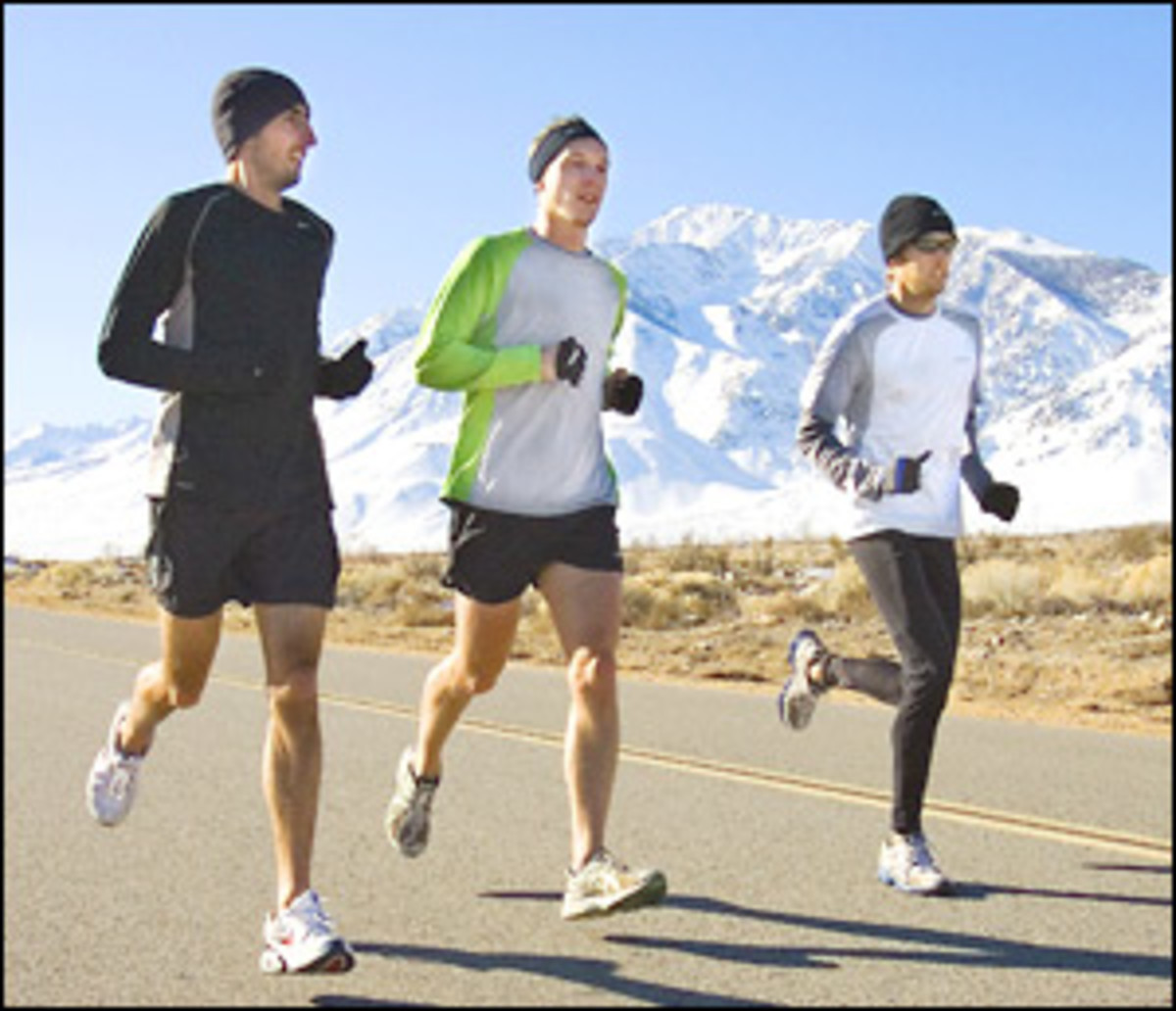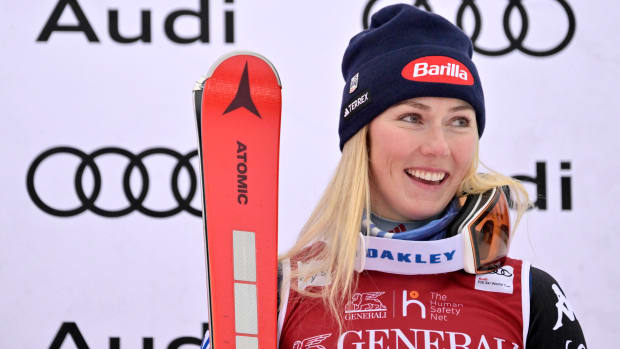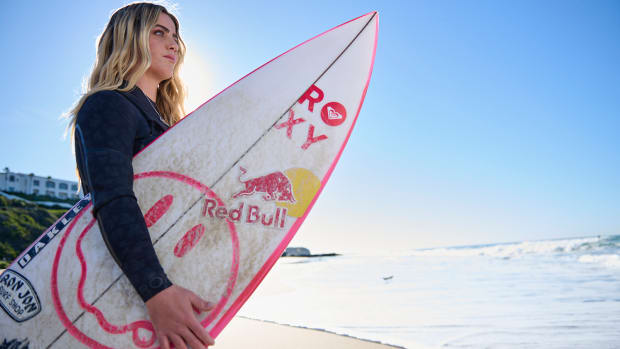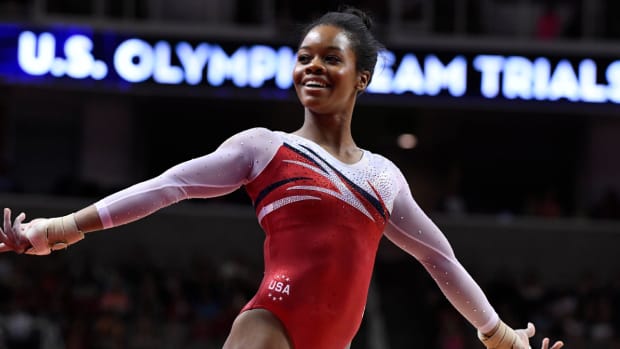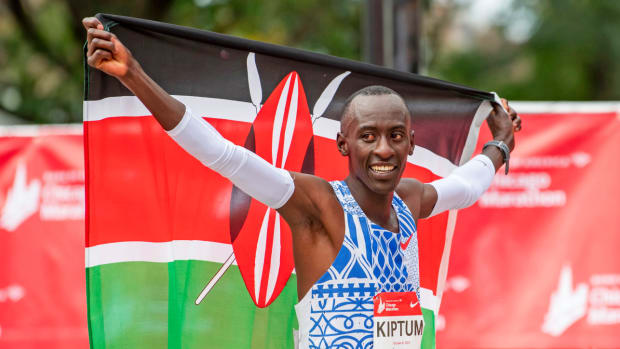Olympic Training Towns: Mammoth Lakes, Calif.
It is a mecca for skiers, snowboarders and mountain bikers, yet the most gifted athletes in town choose to race up the hills, not down them. Set in the shadow of 11,053-foot Mammoth Mountain in the Sierra Nevada range, the town of Mammoth Lakes (altitude 7,800 feet) has a year-round population of 7,406 that includes a dozen members from Team USA. The stars in that group -- among them 2004 Olympic marathon silver medalist Meb Keflezighi and bronze medalist Deena Kastor; Olympic marathon trials winner Ryan Hall; his wife, Sara, a top 1,500- and 5,000-meter runner; and 2004 Olympic marathoner Jen Rhines -- have revived U.S. distance running.
Their journey to Mammoth Lakes began nearly a decade ago. At the time the state of U.S. distance running "was dire," says Terrence Mahon, the group's coach and Rhines's husband. In 2000 performances were so dismal that the U.S. qualified only one man and one woman for the Sydney Olympic marathon. Christine Clark, a 37-year-old Alaskan pathologist who did most of her training on a treadmill, placed 19th at those Games, and Rod DeHaven, a part-time computer programmer, finished 69th.
Within months officials from USA Track and Field lured Joe Vigil, who had coached 425 All-Americas at tiny Adams State in Alamosa, Colo., out of retirement to recruit and lead the nation's top talent. "We do everything wrong," says Vigil in explaining America's struggle to develop distance runners. "We ride everywhere. We eat processed foods. We train on campuses so we're distracted. You have to get away from artificial stimuli. Great things have been done by people who isolate themselves."
Vigil envisioned a monastic immersion in the sport and picked Mammoth Lakes, five hours north of Los Angeles and three hours south of Reno, as his training center. "Once you're there, you're not leaving," says Mahon, who replaced Vigil in 2004. The soaring peaks, river-cut canyons, and pine and aspen forest make Mammoth perhaps the most beautiful Olympic training spot in the country.
For Ryan Hall the most striking sight is the jagged mountains of the Minarets -- "so sharp they look like knives," he says -- where he puts in his toughest miles. "Once you climb to 9,000 [feet] and your heart rate goes up, it never goes back down," says Mahon. "It gets your lungs out of your mouth pretty quick. You think you're at a five-minute pace, but your watch says seven. It's torture on your brain and steels you for anything."
Three weeks before Hall blew away the field at the Olympic trials in New York last November, he ran a simulated marathon in Mammoth Lakes. "I've never felt that kind of pain," says Hall. "The hills in Central Park felt flat by comparison." Before winning their Olympic medals in 2004, Keflezighi and Kastor trained for Athens's heat by running the roads and trails of Mammoth in long sleeves and pants. When they returned from the Games, the townspeople threw them a parade. The show of support didn't stop there. In 2005, for example, the local hospital allowed Kastor to use its underwater treadmill to aid in her recovery from a foot injury. "Everyone in Mammoth is willing to help us," she says.
Not everyone. Last March, not long after the Halls had moved into the mobile home in which they live, they were awakened by a crunching sound. Ryan looked outside and saw a bear chewing the siding. He tried to shoo the grizzly away by pelting it with rocks and poking it with a curtain rod, but the creature lingered before moving along on its own time. "They're home and we're just visiting," Ryan says of an area where deer, rabbits, bears and mountain lions easily outnumber elite runners. "Sometimes you're a small part of something much bigger." Spoken like an Olympian.
